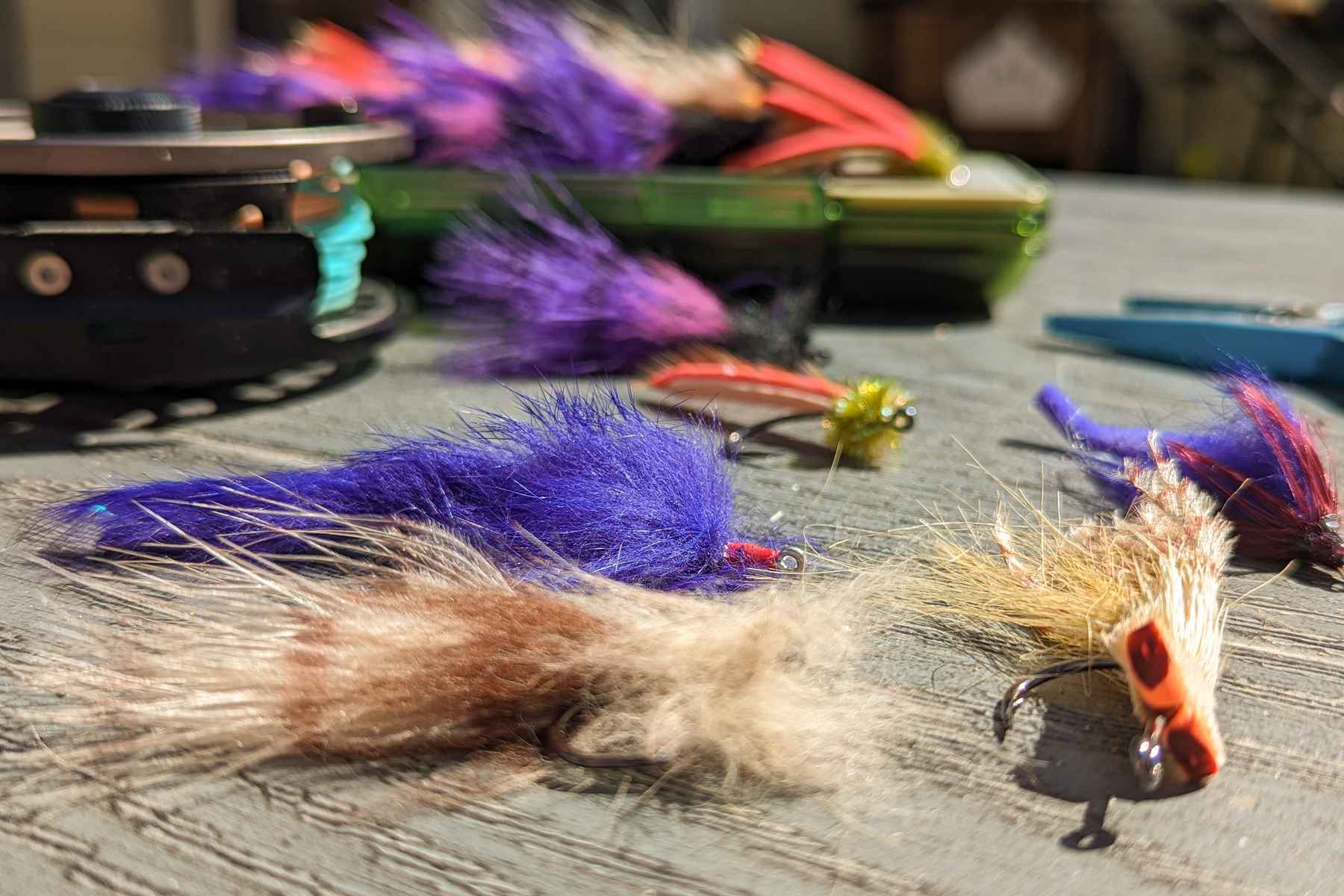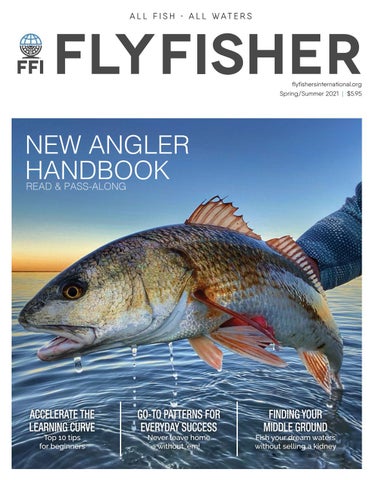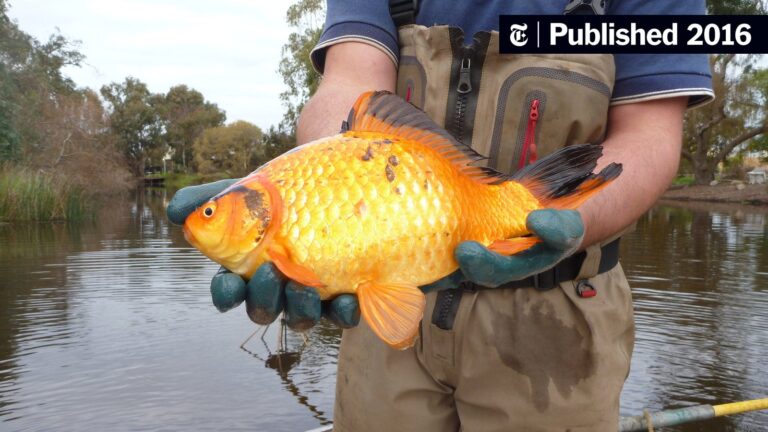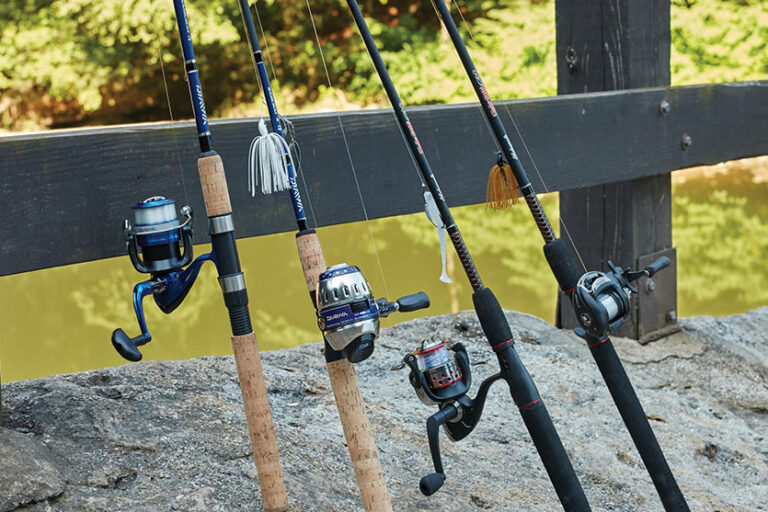Seasonal patterns in pond fishing revolve around the water temperature, food availability, and fish behavior. Understanding these factors is crucial for successful pond fishing.
Pond fishing can be an exciting and relaxing activity, and there is something special about catching fish in a smaller body of water. However, catching fish in a pond is not always easy, and it requires a certain level of knowledge and experience.
One of the most important things to consider when pond fishing is understanding the seasonal patterns. The temperature and weather can have a significant effect on fish behavior, and knowing when they are more active or less likely to bite can make a big difference. Additionally, food availability also plays a crucial role in the feeding habits of fish, and certain times of the year may offer better opportunities for catching a particular type of fish. In this article, we will discuss the various seasonal patterns in pond fishing and how to make the most of each season.

Credit: www.hatchmag.com
Understanding How Seasons Affect Pond Fishing Success
As an angler, success depends on more than just the right lure and technique. The time of year and weather have a significant impact on a pond’s ecosystem and can impact the fish’s behavior.
The Impact Of Weather On Fishing In Different Seasons
Weather conditions can change in an instant and pond fishing success can vary depending on the season. Here’s how weather impacts pond fishing success in each season:
In Winter
- Fish are less active due to the cold water temperatures.
- Because of the lower water temperature, the metabolism of fish slows down, making them less interested in feeding.
- Focus on fishing during warmer patches of weather, which will temporarily raise the water temperature, increasing the chances of fish feeding.
In Spring
- Spring is a great time for fishing. As the temperatures increase, fish become more active and begin to feed more.
- During spring, predatory fish such as bass, create nests for spawning in shallow waters.
- Target shallow waters near structures such as logs and stumps.
In Summer
- In summer, fish will be more active in the early hours of the morning or late in the evening when the sun is less intense.
- During long periods of hot weather, fishing can be challenging as the heat increases the temperature of the pond water, causing the fish to become less active.
- Look out for species like catfish which are more active at night.
In Fall
- Fall is a great time for pond fishing, especially for bass and catfish.
- As the water cools, fish will start moving closer to the shore in search of food.
- Look for muddy bottoms or areas with decaying vegetation, which are perfect locations for fish to search for food.
Understanding how seasons impact pond ecosystems and the fish’s behavior is an essential part of maximizing pond fishing success. By following some of these simple tips and tricks, anglers can increase the chances of reeling in an unforgettable catch.
Fishing Strategies Based On Changing Seasons
Seasonal patterns in pond fishing: fishing strategies based on changing seasons
Pond fishing can be incredibly rewarding, but one of the keys to success is understanding how different seasons impact the behavior and feeding patterns of fish. By adapting your approach to the changing seasons, you can increase your chances of hooking that trophy-sized bass or reeling in a stringer full of tasty panfish.
Let’s take a closer look at some of the most effective fishing strategies based on changing seasons.
Spring Fishing Tactics: Tips For Catching More Fish In Springtime
Spring is one of the best seasons for pond fishing, as warmer temperatures and longer days cause fish to become active and move into the shallows. Some effective spring fishing tactics include:
- Take advantage of the spawn: As fish begin to spawn in the spring, they become more aggressive and will bite more readily. Look for areas where fish are spawning, such as along weed lines or in shallow bays, and use lures or bait that mimic the fish’s natural prey.
- Use bright colors and noise: As the water begins to warm up, fish become more attracted to bright colors and lures that make noise. Try using lures or bait that are brightly colored, or those that rattle or vibrate when retrieved.
- Fish during low light periods: During the spring, low light periods such as early morning and late afternoon can be especially productive. Fish tend to be more active during these times, and will often bite more frequently.
Summer Strategies For Pond Fishing
As the weather heats up, pond fishing can become a bit trickier. Many fish will move deeper to find cooler water, and feeding patterns can be less predictable. However, there are still plenty of strategies that can help you catch fish during the summer months:
- Fish early in the morning or late in the evening: Just like in the spring, low light periods can be key to catching fish during the summer. Try to fish during the early morning hours or in the late evening when temperatures are cooler and fish are more likely to be active.
- Target shaded areas: Look for areas of the pond where there is plenty of shade, such as under overhanging trees or around docks or other structures. Fish will often seek out these areas to avoid the sun, and can be more likely to take a bait or lure.
- Fish deeper waters: During the hottest parts of the day, fish may move deeper to find cooler water. Try using lures or bait that can be fished at deeper depths, such as jigs or drop-shot rigs.
Fall Techniques For Catching More Fish
As the weather begins to cool down, fish will start preparing for winter and become more active once again. The following strategies can help you make the most of the fall fishing season:
- Use natural colors and slow retrieves: As the water temperature drops, fish become less active and less likely to chase fast-moving lures. Try using lures or bait that mimic natural prey, such as worms or minnows, and retrieve them slowly to entice reluctant fish.
- Look for baitfish schools: As winter approaches, baitfish will often school up in preparation for colder weather. Look for areas of the pond where there are large schools of baitfish, and try using lures that resemble the baitfish prey.
- Fish the drop-offs: As temperatures cool, fish may start moving to deeper waters. Look for drop-offs or other areas where water depth changes quickly, and fish these areas with lures or bait that can be fished at different depths.
By following these seasonal strategies for pond fishing, you can increase your chances of success and enjoy all the rewards that come with catching fish. Remember to adapt your approach based on the changing seasons, and to always be on the lookout for new and innovative tactics that can help you catch even more fish.
Conclusion
Fishing in ponds during different seasons can be a rewarding experience, but it requires a bit of knowledge and preparation. Along with the weather conditions and water temperature, the fish’s behavior changes, and the fishing techniques also need to adapt accordingly.
In spring, the fish tend to be more active, so moving baits and lures will do wonders. In summer, early morning or late evening fishing is recommended, as the heat drives the fish deep into the water. Fall is a great time to fish as the fish bulk up for winter, and slow reeling lures work well.
In winter, the fish become sluggish, so gentle and slow movements are essential. Knowing about the seasonal behavior of fish in ponds and using the right technique will help you catch more fish and have an enjoyable fishing experience. With proper preparation, every season can be an excellent time to go pond fishing.






